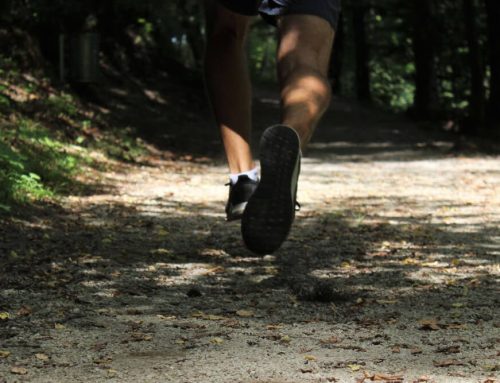Have you run a half marathon and looking to take the step up to the marathon? One of the biggest questions you may ask yourself, how much harder is a full marathon? Whilst it will take plenty of dedication and hard work, if you’ve already got a good routine in place you’ll be set-up well. 🏃♂️
That being said, there’s much more that can do wrong over the marathon distance. You may not be training double the distance, but you’ll be placing your body under more stress in training. As your body fatigues on long runs and in the race the biggest adaptations will be more mental than physically. Here are my top tips for maximising your chances of finishing your first marathon with a smile on your face. 😀
1. Use a coach and follow a plan
With a half-marathon, as long as you build long runs up to about 10 miles slowly enough for you body to adjust, you’re probably pretty good. You should always follow a training plan for any distance, running 26.2 miles just isn’t going to happen without following a plan or having someone create a plan for you. Working with an online running coach, will keep you accountable and give you confidence as you do the required sessions and long runs.
2. Add in strength work
Endurance will get you through 26.2 miles, but working on your core and strength will pay dividends. Over the course of a few hours, your core will fatigue, your calves will scream, and you might be surprised the hear that even your arms get tired. Making sure you incorporate strength work will help your body maintain good form, which preserves running economy. Having good core strength makes running feel less hard.
3. Practice fuelling in training
Your opportunities to practice fuelling are limited during small distances. For a full marathon, you’re going to need to fuel for more than half of your race. If you don’t figure out what kinds of fuelling options work well for you, you’re going to suffer. You may need up to 80g of carbs per hour so can replacement this whilst on the move. Use your long runs to practice taking onboard fuel like gels. Find gels / fuel you like to give you confidence on race day.
4. Learn to run on tired legs
During a full marathon, something is going to start hurting. Have a plan for things like blisters, stomach issues, cramps, and joint pain. This may be mental coping strategy if it can’t be fixed on the road or something physical like stopping to stretch or applying vaseline.
If you can run a half-marathon you can run a full. Especially if you give your body the time and training it needs.






